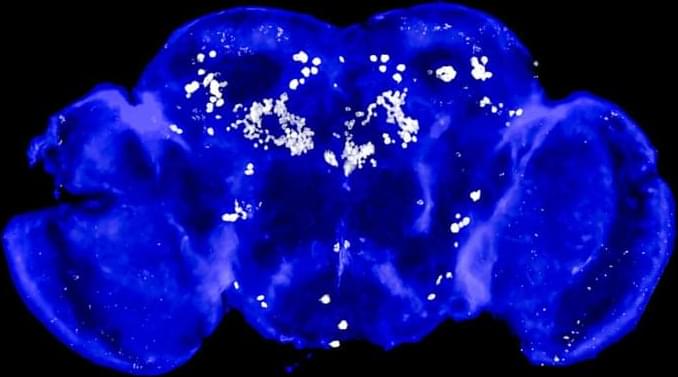Katty Kay interviews Eileen Collins on Artemis, diversity in space, and how lunar missions prepare us for Mars.


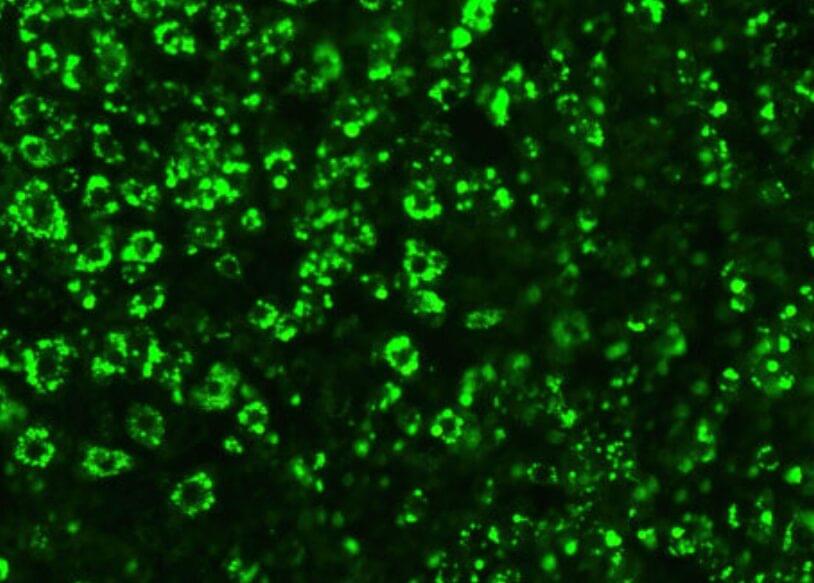
Like bees breathing life into gardens, providing pollen and making flowers blossom, little cellular machines called mitochondria breathe life into our bodies, buzzing with energy as they produce the fuel that powers each of our cells. Maintaining mitochondrial metabolism requires input from many molecules and proteins—some of which have yet to be discovered.
Salk Institute researchers are taking a closer look at whether mitochondria rely on microproteins—small proteins that have been difficult to find and, consequently, underestimated for their role in health and disease. In their new study, a microprotein discovered just last year at Salk, called SLC35A4-MP, was found to play a critical role in upholding mitochondrial structure and regulating metabolic stress in mouse fat cells. The findings plant the seed for future microprotein-based treatments for obesity, aging, and other mitochondrial disorders.
The study, published in Science Advances on August 29, 2025, is part of a series of recent discoveries at Salk that showcase the functional importance of microproteins in cellular biology, metabolism, and stress.
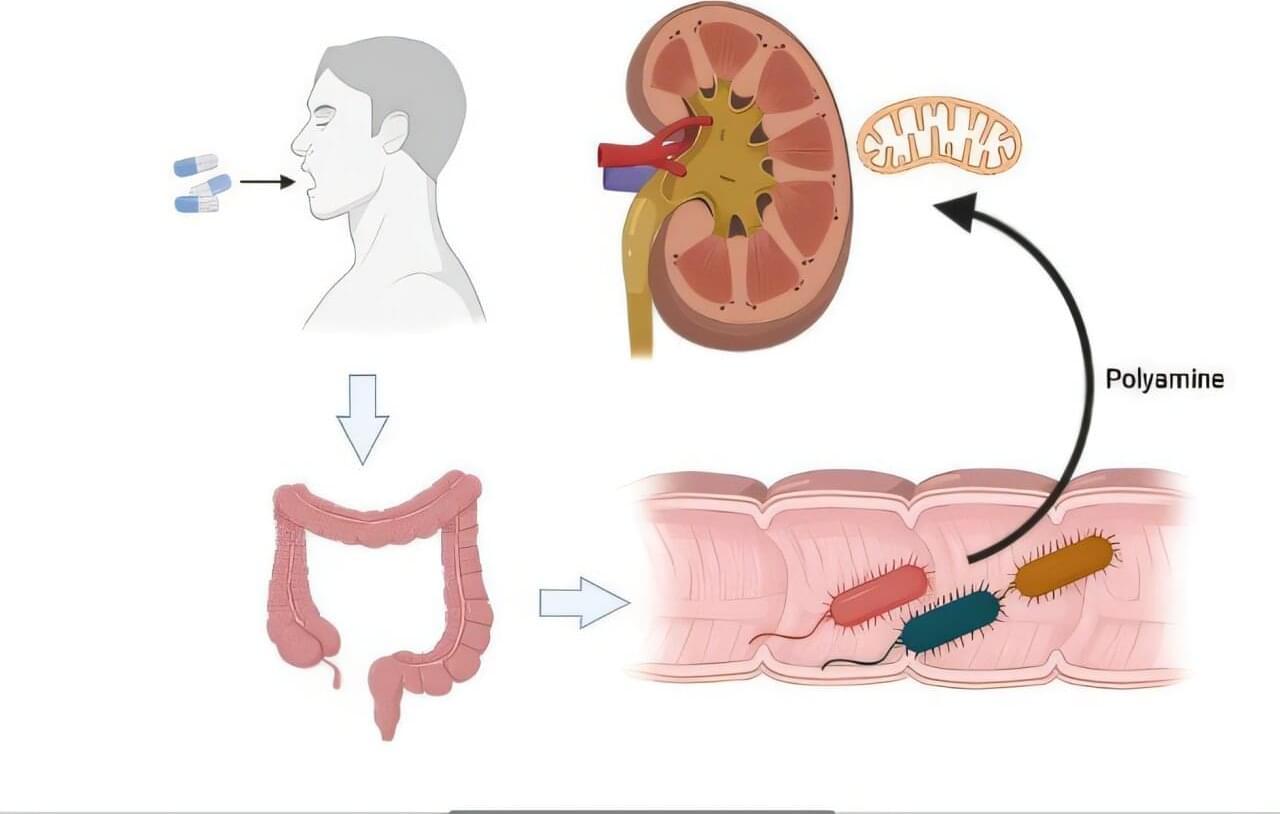
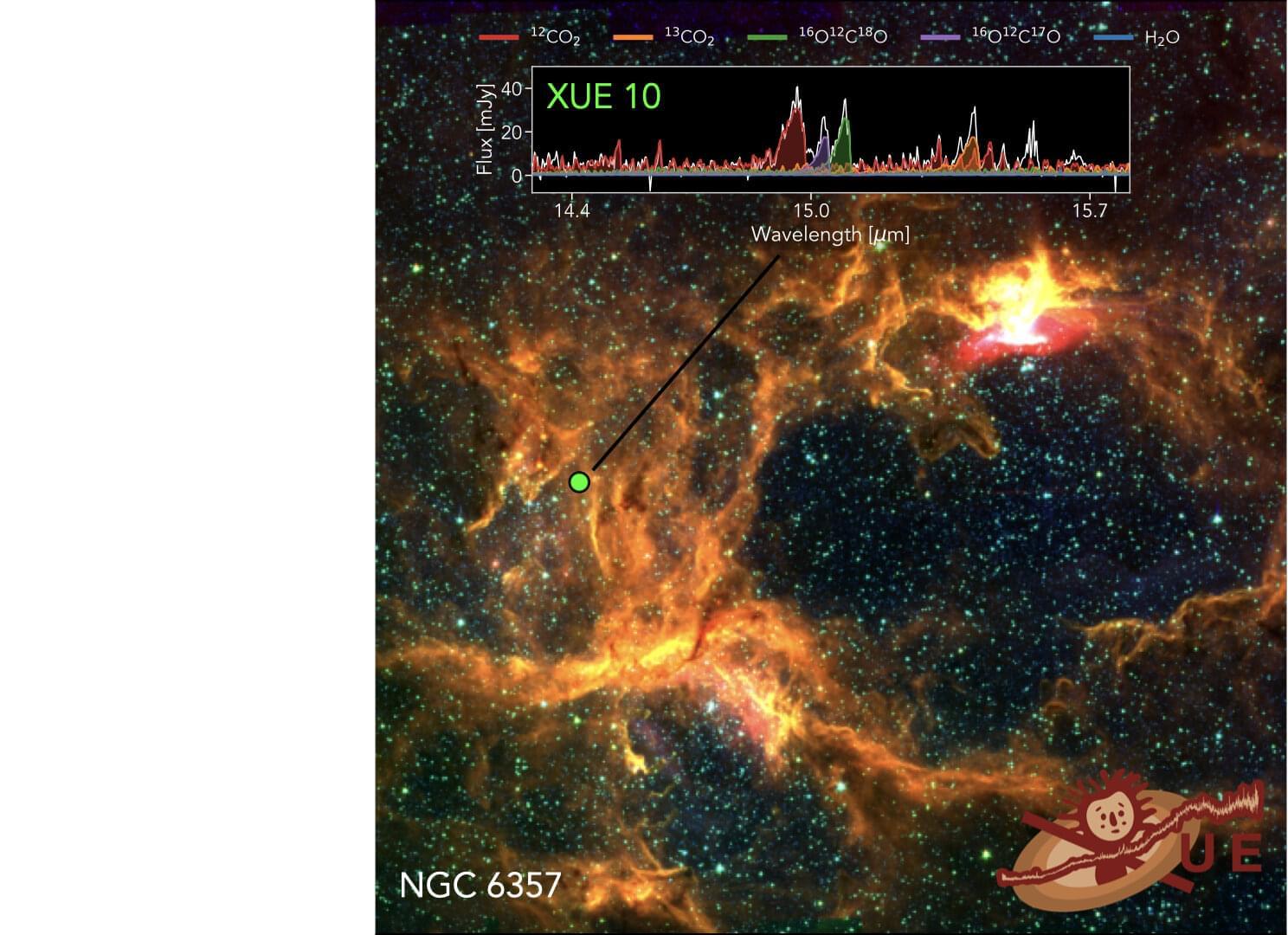
A study led by Jenny Frediani at Stockholm University has revealed a planet-forming disk with a strikingly unusual chemical composition: an unexpectedly high abundance of carbon dioxide (CO2) in regions where Earth-like planets may one day form.
The discovery, made using the James Webb Space Telescope (JWST), challenges long-standing assumptions about the chemistry of planetary birthplaces. The study is published in Astronomy & Astrophysics.
“Unlike most nearby planet-forming disks, where water vapor dominates the inner regions, this disk is surprisingly rich in carbon dioxide,” says Jenny Frediani, Ph.D. student at the Department of Astronomy, Stockholm University.
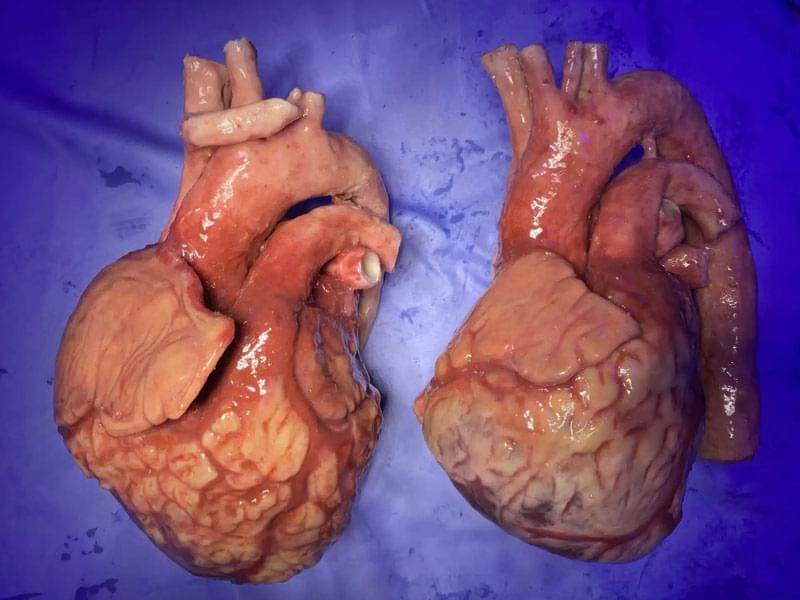


For every motor skill you’ve ever learned, whether it’s walking or watchmaking, there is a small ensemble of neurons in your brain that makes that movement happen. Our brains trigger these ensembles—what we sometimes call “muscle memories”—to get our bodies cooking, showering, typing, and every other voluntary thing we do.
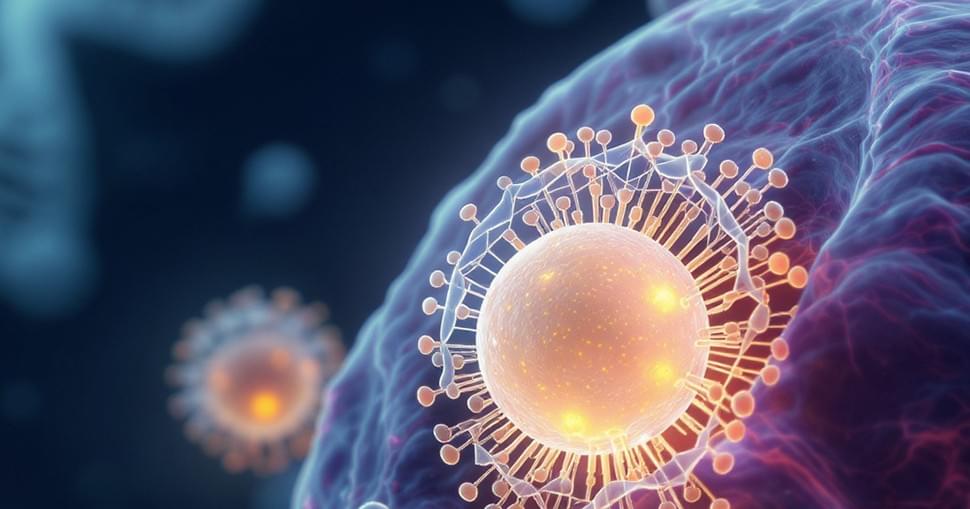
EVANSTON, IL. — With the power to rewrite the genetic code underlying countless diseases, CRISPR holds immense promise to revolutionize medicine. But until scientists can deliver its gene-editing machinery safely and efficiently into relevant cells and tissues, that promise will remain out of reach.
Now, Northwestern University chemists have unveiled a new type of nanostructure that dramatically improves CRISPR delivery and potentially extends its scope of utility.
Called lipid nanoparticle spherical nucleic acids (LNP-SNAs), these tiny structures carry the full set of CRISPR editing tools — Cas9 enzymes, guide RNA and a DNA repair template — wrapped in a dense, protective shell of DNA. Not only does this DNA coating shield its cargo, but it also dictates which organs and tissues the LNP-SNAs travel to and makes it easier for them to enter cells.
New system delivers CRISPR machinery more safely and effectively into cells.
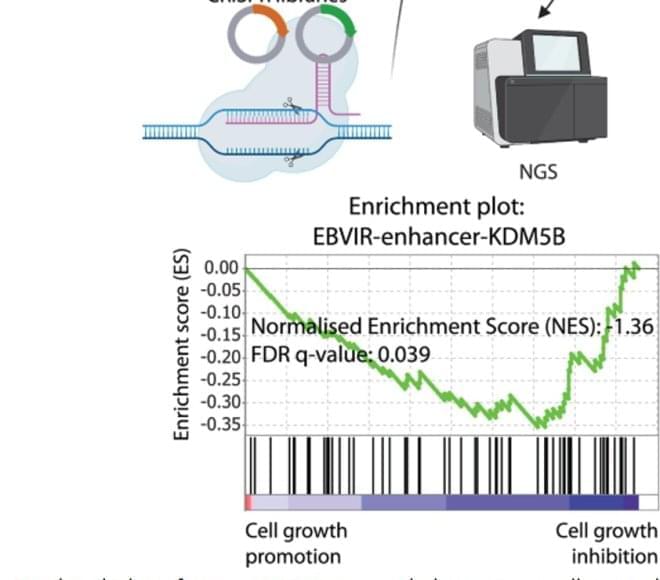
Lymphoid structures and thermogenic adipose tissue interplay!
The presence of active thermogenic adipose tissue (TAT) has been related to better cardiometabolic health.
While immunity and metabolism were once considered distinct domains, emerging evidence highlights the critical role of infiltrated immune cells in orchestrating the development and activation of TAT. Despite this novel function of infiltrated immune cells, scarce research has focused on the role that organized lymphoid structures like lymph nodes (LNs) and lymphatics exert on TAT metabolism.
The presence of peripheral LNs relates to a higher browning and thermogenic capacity of the surrounding fat, at least in part, through the secretion of factors like IL-33 and CCL22, and the higher number of BST2-beige adipocyte progenitors compared to more distant fat.
The lymphatic vasculature also influences TAT function and adaptive thermogenesis through the secretion of neurotensin by the lymphatic endothelial cells.
Future research should elucidate whether exploiting the lymphoid tissue– TAT axis could constitute a potential therapeutic target to activate TAT. #sciencenewshighlights #ScienceMission https://sciencemission.com/lymphoid-structures-and-thermogenic-adipose-tissue
